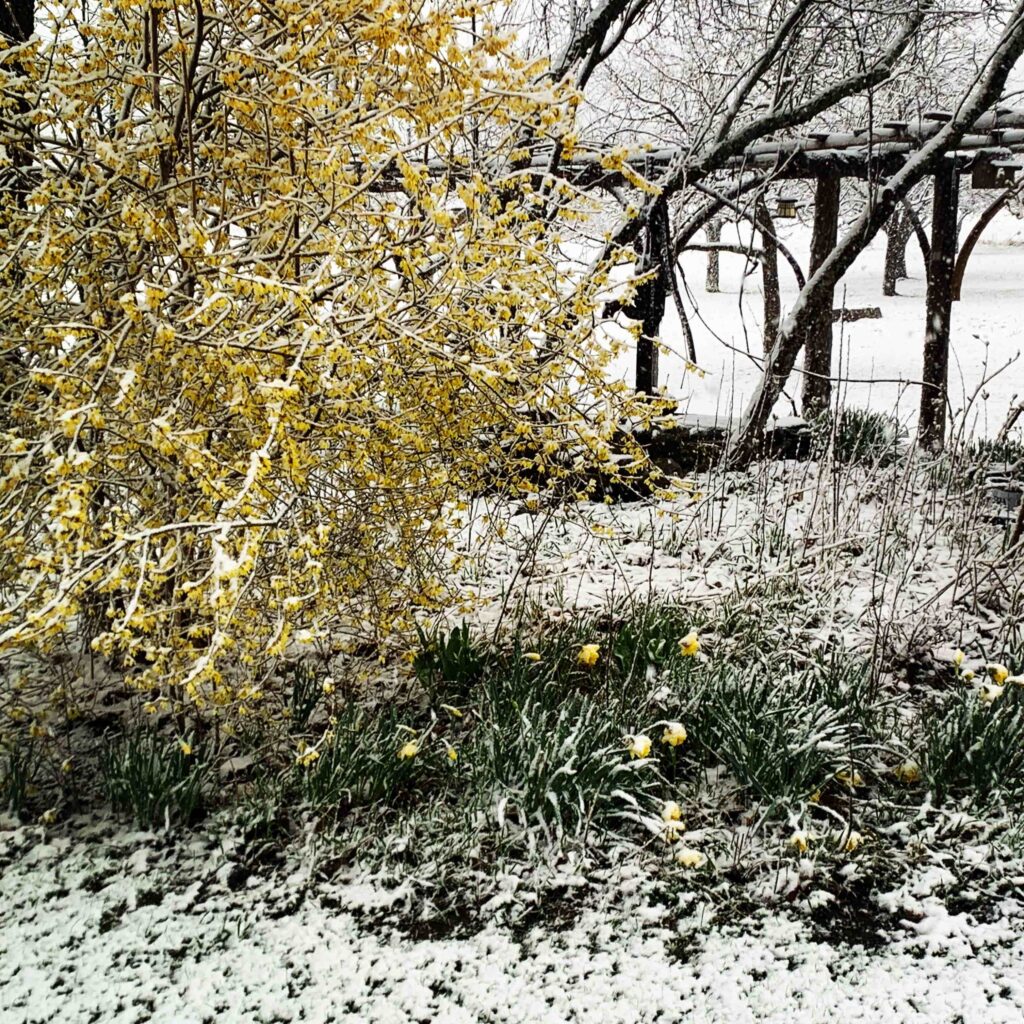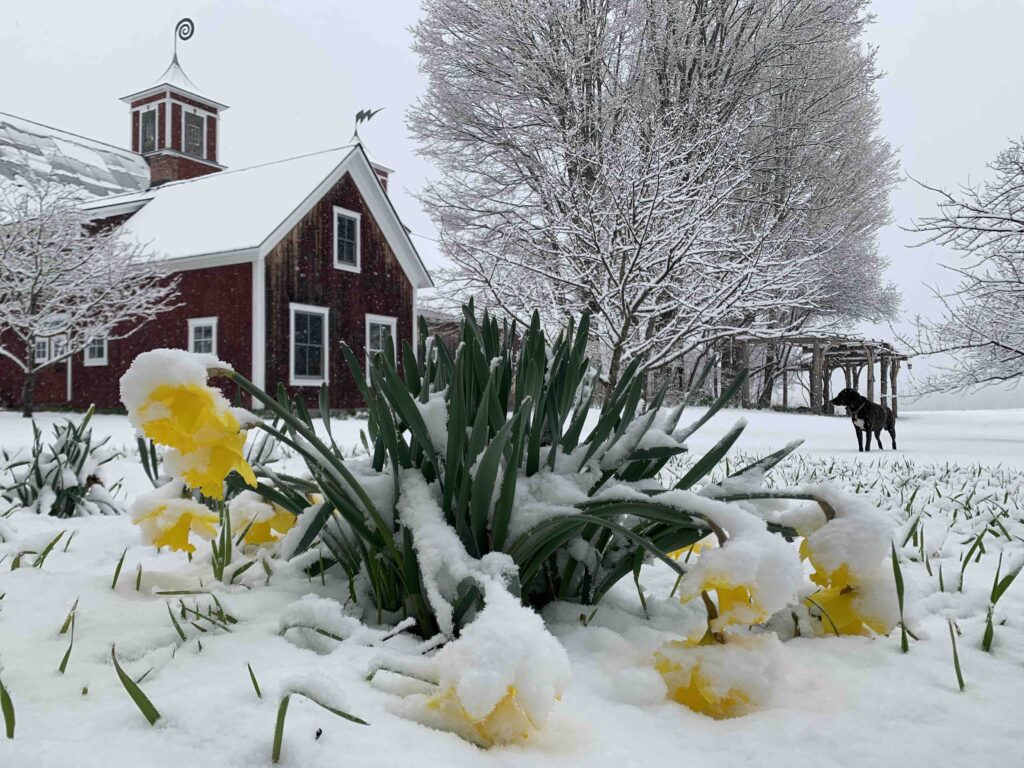Mary Anne G., “Good year for my azaleas.”

Mary Anne G., “Good year for my azaleas.”

Elaine K. “I wanted to share with our club that we are moving to Ashland. We have full access to the building this week and hope to be open to the public by mid June. The town has been so welcoming and kind!!!


HAPPY MOTHER’S DAY!!!
Katherine K., “Some flowers for you.”

RELUCTANT SPRING, “April snow” from Jennifer R. in Greensboro, Vt. @turningstonefarm


“Figure you would enjoy the contrast! The Johnny Jumpups are in the greenhouse! Enjoy Spring,” Jennifer


Mary Anne G., “My iris have opened”
